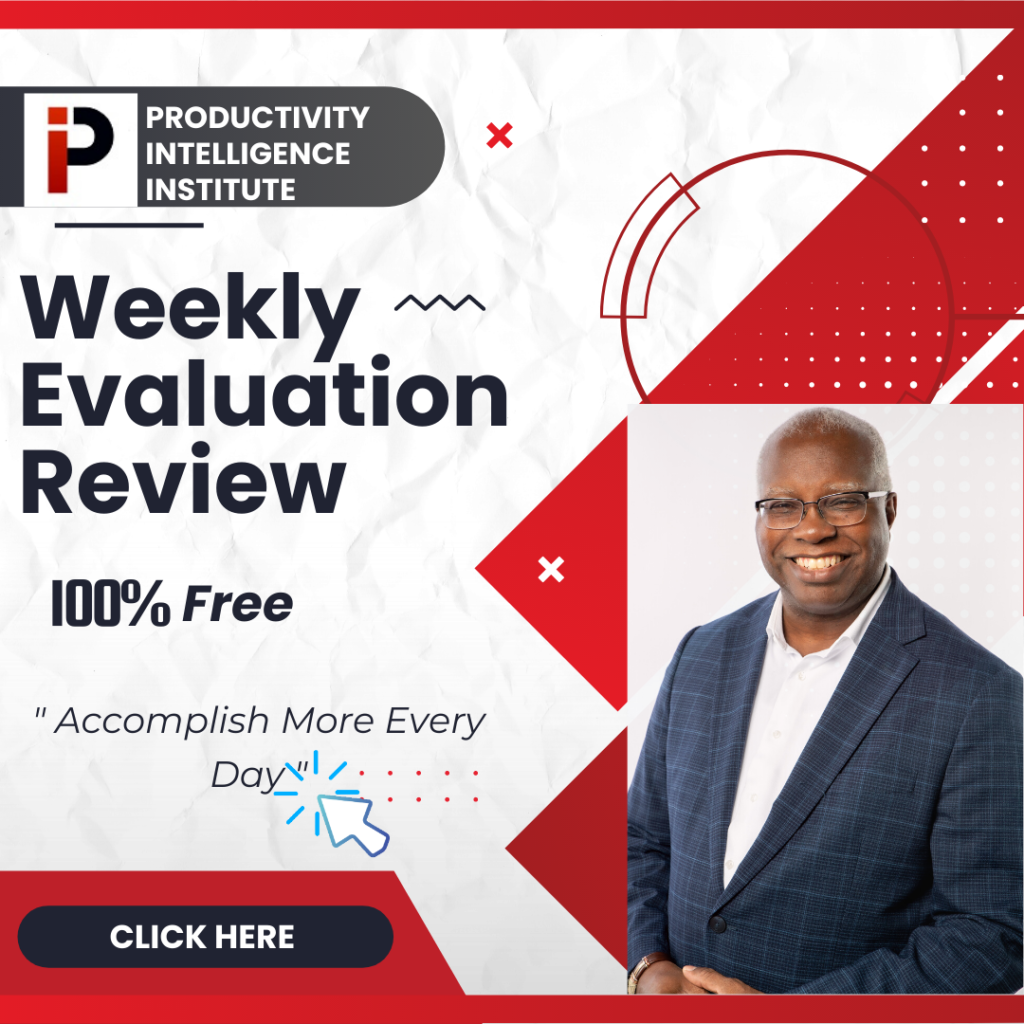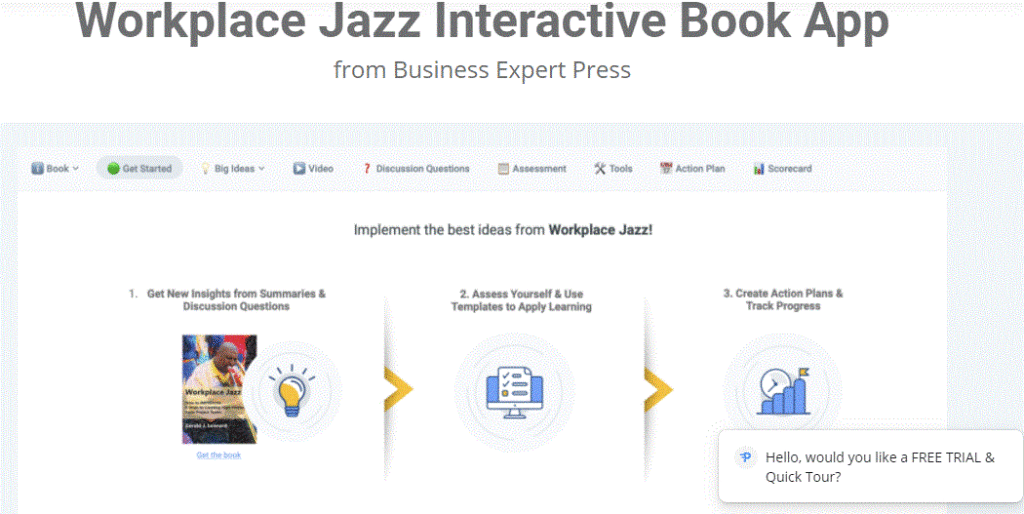1,003 Views
An important part of management is putting customers first. Doing so improves customer experience and increases profits. To put customers first, you’ll need to make decisions about what to offer and when to offer it. The key to determining this is to find out what they want. Once you know, you can turn customer feedback into actionable insight.
About Customer Insights
Customer insights are an analysis of measurable and accumulated data that’s been collected using consumer feedback and other informational sources. Once you have this information, you can use it to make informed business decisions. The goal of using customer insights is to pinpoint behavioral trends to assist your company’s advertising efforts, sales numbers and customer service strategies.
What are the Best Ways to Obtain Actionable Insights?
The best ways to obtain actionable insights include:
• Customer surveys
• Social media interactions
• Online reviews
• Third-party data
• Real-time testing
Customer Surveys
Net Promoter Score, or NPS, surveys make it easy to ask your customers about your services or products. You can post surveys on your website or send them to your customers directly via email or text message. You can even create them as an interactive form that you offer during special events.
Social Media Interactions
Another good place to go for actionable insights is social media. Keep your company’s social media pages active and current. Be sure to post relevant information and images that will appeal to your customers. If people ask questions using your social media pages, do your best to answer them. Be sure to assess your company’s social media interactions alongside the things that your customers are saying about your products or services on appropriate forums and websites.
Online Reviews
A great place to obtain customer feedback is from online reviews. Download analytics solutions software to help you evaluate online reviews and transform them into actionable insights. You can even check the online reviews that your competitors are receiving for a different angle. After collecting this information, upload the data into your software for an analysis. Compare the results for better product or service development.
Third-Party Data
If you don’t have enough customer feedback for insights, obtain more through market research collected by third-party organizations. This information will give you an understanding of your industry’s current customer trends. Use it to identify the issues that your customers are experiencing. With third-party data, you can create better advertising campaigns, come up with fresh products or services and provide great customer service.
Real-Time Testing
With apps, online experiences and websites, you can obtain actionable insights about the needs of your customers using real-time testing on particular areas of their platform experience. Testing lets you see how your consumers are interacting with your platforms. For instance, you’ll be able to see how easily they’re able to navigate your system and find what they need.
Why Do Companies Need Customer Insights?
Customer insights will help you determine what issues your consumers are having with your services or products. Quantitative numbers obtained from direct data will help you figure out what types of issues are happening while qualitative information from your customers will tell you why.
Tricia Wang, a renowned global tech ethnographer, which is a specialized area in the anthropology field, gave a memorable TED talk. During it, she pointed out that billion-dollar big data industries are unable to be effective without qualitative human insights. When she held a research position for Nokia, she watched the telephone company fail because it didn’t listen to its customers. You can learn from their mistakes.
Gathering both quantitative and qualitative information is critical to making the most from your consumer feedback, but make sure that what you’re gathering is something that you can take action on.
Keep in mind that when companies embrace a strong feedback culture, they accept and act on feedback from their employees, which usually results in a positive work environment. Businesses often see higher profits when they listen to their workers, so employ actionable insights with them too.
A Different Approach to Actionable Insights
These days, project managers are searching for different ways to collect actionable insights. They want more than just numbers from traditional surveys. The landscape is complex and so are consumers. Getting to the heart of customer behavior and what motivates them requires a multilayered approach that includes several methods. When you take an actionable insight to this level, you’ll be making it easier for your customers to make decisions using better information. This results in improved customer experiences. It also decreases buyer remorse.
Neuromarketing is an approach that many companies are using to gain insight into the motivations of their consumers. Neuromarketing is the process of considering physiological and neural signs to obtain insight. Advertising experts can use this information to develop better advertising campaigns, improve products and set up more attractive pricing.
Brain scanning and physiological tracking are the most popular ways to gather information for neuromarketing. Brain scanning measures neural movements while physiological tracking measures eye movement and other areas.
Academic studies have found that brain information can forecast the potential of products more accurately than traditional advertising tools like focus groups and surveys.
After Collecting Data
To make feedback insights actionable, be sure to categorize the information, assess the data and review the root causes. Categorizing the data will help you convert it into quantitative insights. Assessing the data will help you reveal insights about it while reviewing the root causes will help you determine if your products or services need updates.
Increase Profits with Actionable Insights
Actionable insights will help you increase profits by showing you how to improve your products or services. If you need help reading the data, then contact me at the Productivity Intelligence Institute. I would love to work with you.




















